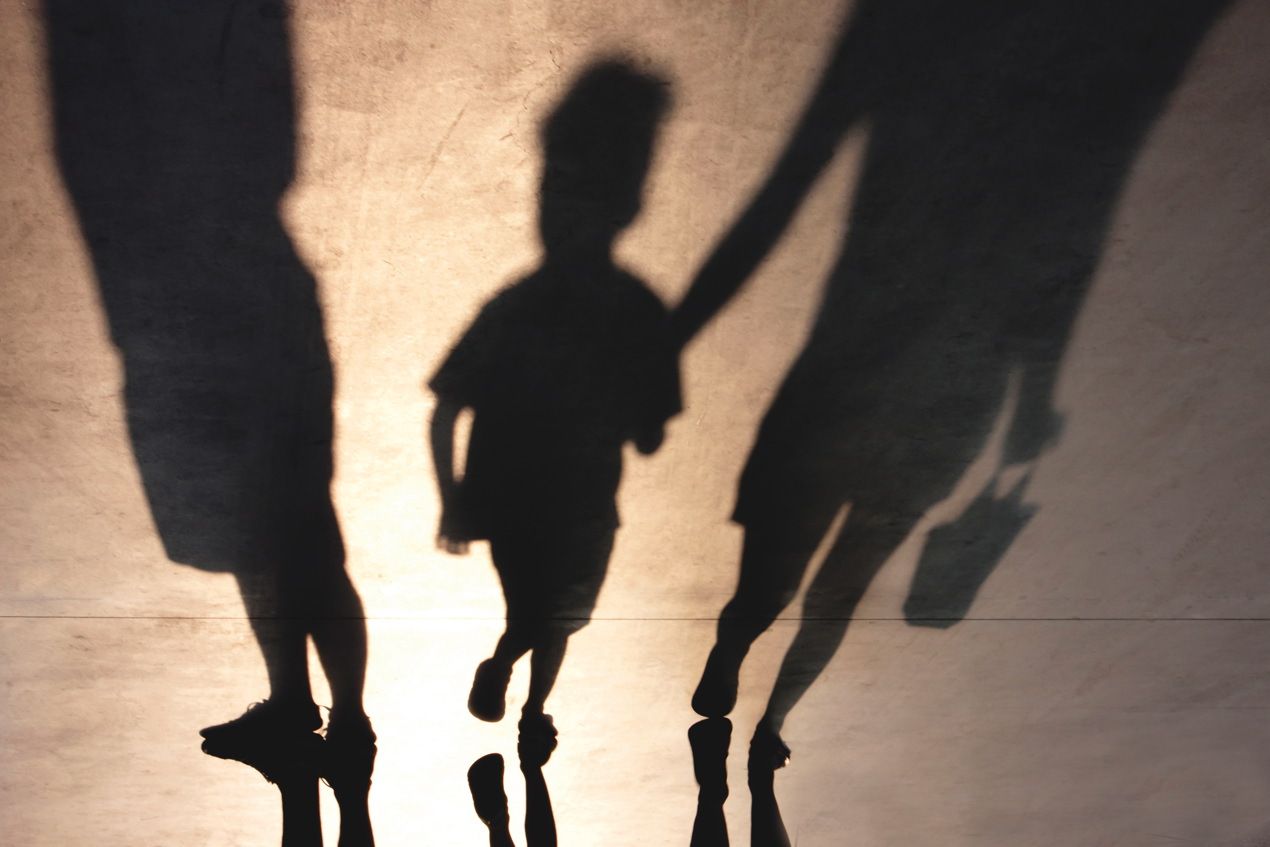Secret social worker: domestic abuse
Lila Halliday on domestic abuse and the perpetrator’s failure to protect children
Roughly 130,000 children in England and Wales live in homes where there is a high risk of domestic abuse. The impact of this has become a social worker’s bread and butter. All efforts are being made to work more creatively and sensitively with these families but oppressive practices with victims of domestic abuse are still commonplace and sometimes necessary to protect children. An adult’s readiness for support often doesn’t come in time for a child’s need for protection.
It is estimated that one in four women experience domestic violence in their lifetime, compared with one in six men. That doesn’t seem like such a big difference but that figure doesn’t account for the regularity and severity of these experiences. In some 95 per cent of cases heard at MARAC – a multi agency forum to consider the most high-risk domestic abuse cases – a woman is the victim. There will always be exceptions but generally speaking the nature of violence and the impact varies greatly depending on the gender of the perpetrator.
In both instances the person everyone is most afraid of is the man because when a woman is being attacked by a man she is afraid of him, and when a man is being attacked by woman he is afraid of himself – of losing his temper and what he’s capable of. With that in mind I’ll apologise now for generalising women as the victims – it is the most common dynamic we come across.
Children are affected massively by domestic abuse – they hear it, they see it, they actively try to avoid it and sometimes they even collude in it. They are never upstairs asleep when it happens – they’re watching from the stairs. Hearing it is worse. All the commotion and then the silence – has he killed her this time? Children often put themselves in the thick of it because seeing and knowing is better than hearing and worrying.
The language around domestic abuse almost completely rids itself of the perpetrator and in trying to protect a child we often put the victim in the most impossible situation. Abuse of the mother is abuse of the child, so why put all the responsibility on a woman who can’t protect herself? When we are working with a woman, who is being controlled and abused by her partner, what do we do? We try to control her too!
We tell her to leave him, in the knowledge that 76 per cent of domestic homicides happen when the woman is trying to leave. We send her on courses to help her understand the abuse she suffers, we offer refuges, like giving up everything that is yours to move into a communal living situation is a reasonable request. Then we accuse her of not engaging, lying to professionals or failing to protect her child when she inevitably returns to him. Being in an abusive relationship can be like having your dream job that provides you with a secure wage and a sense of purpose and fulfilment but the commute is absolute hell. Do you quit that job and lose all that because of the commute?
And where is the man in all of this? Why are we not banging on his door asking: “What are you doing to protect your child?” We kind of write him off as a wrongen and make the woman protect the child and herself. She sits in meetings being told what to do, all while receiving messages from him telling her what to do. One can take your child away and the other can kill you but also loves you. Which way do you turn?

Leave a reply
Your email address will not be published.